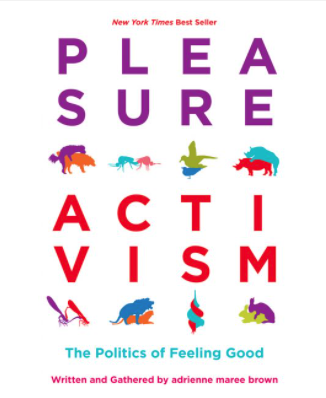Slow Knowing Deep Learning
for Health-Justice
Lesson 2: What is science?
Live zoom session https://us02web.zoom.us/j/86419703983
Meeting ID: 864 1970 3983 Passcode: 113544
Activity One
Speaking for Health-Justice
In this lesson we explore how we can use ‘science’ to open up conversations about the deep roots of injustice. We’ll start to figure out what needs changing at a deep level, and how we might (support each other to) do this.
- First, let’s agree on a shared understanding of health-justice. What does this mean to you? A definition would be great!
Now, consider this sentence: “The science shows that dieting is harmful”
- What is your opinion on this statement? What do you understand by the term ‘science’ in this sentence?
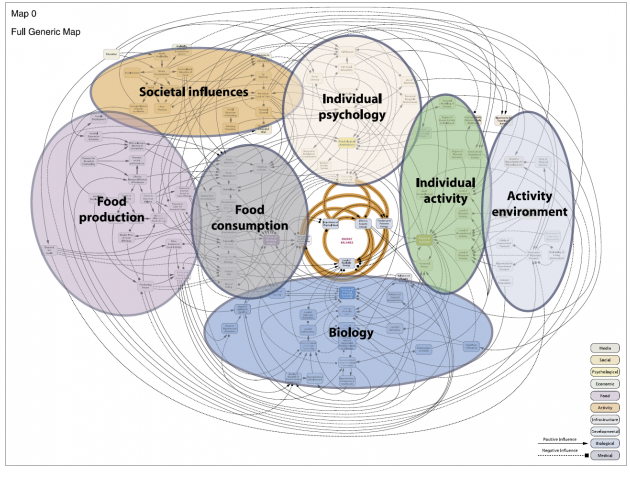
- Can you list different approaches to science that you know of eg. qualitative, feminist, biomedical science, etc etc.
The beliefs we hold about science as a society impact health-justice.
- What are the deep assumptions behind popular beliefs (narratives) about biomedical science?
- How do these narratives about biomedical science impact knowled
 ge creation? How are they shaped by power? How do they connect with health-justice?
ge creation? How are they shaped by power? How do they connect with health-justice? - Can you name any theories/concepts that you are using to support your answer.
Activity Two
Social Factors and Wellbeing
What is a key message from the public health system for people with high blood pressure?
That’s right! To eat less salt. Can you write a few sentences that explain the logic. e.g. If a patient asked you how does too much salt lead to increased blood pressure, what would you say?
High blood pressure can be hazardous to heart health. (The link is arteries: high blood pressure can damage the arteries. Damaged arteries are more prone to develop plaques. If a piece of plaque comes free it can prevent the free flow of blood to the arteries leading to the heart. This blockage can cause heart disease.)
I think ‘reduce salt’ messages are presented as if there is unshakable (ha!) evidence behind the advice. What are your thoughts on this?
- Do you think that reduce salt messages are presented as uncontroversial?
- Is there strong empirical evidence to support population salt reduction as safe and effective for blood pressure control.
- How far does dietary profile impact the incidence of high blood pressure in a population?
- What are you learning from considering these questions?!
We’ll go through these in the zoom call. As well as salt, we’re also advised to control calories and fat, move more, not smoke, and limit alcohol. Are there any other factors that could influence high blood pressure and heart health in a population?
How do the conventional factors listed in public health leaflets, interact with these other factors?
Why do some people get high blood pressure and not others? Why are some groups in a population more affected than others?

How much difference would dietary change alone through a low salt intake and more fruit and vegetables make to social class differences in heart disease?
If someone in a violent relationship has high blood pressure and cuts salt from their diet, what impact do you think this will have on their blood pressure?
What are some of the theories you are using to structure your thinking?
Activity Three
I’ve taken this activity from the Well Now Explorer which is a course for people who are having a complicated time with eating and their bodies. It’s an example of how I address deep issues in values and thinking in everyday Well Now practice.
Poetry, Plantains, Power, and Pleasure!
Knowledge is being created all around us. The Caribbean poet Grace Nicols passes on her knowledge of nutrition in this short poem Like a Beacon . It’s about a fat black woman who goes shopping in London.
Here’s some questions if you’d like to explore the topic further:
- A plantain is a type of banana. Is this a high fat, high protein or high carbohydrate food?
- Let’s say there were no plantains left but the shopkeeper offered Grace some fresh pasta instead – on special offer! Would that make a good substitute?
- Plantains and pasta are both high carbohydrate foods. In a scientific way of making sense of nutrition they are quite similar. What gets missed?
- What does the poet evoke when she talks of food?
- What happens if we reduce food to nutrients?
- How does this shape attitudes to eating, and our overall wellbeing?
In case you’re curious…
More Notes on Reductionism or the Mechanistic World View
Conventional western science seeks to understand and explain things by breaking them down into separate parts. This works pretty well for cars and machines. But not so well when applied living bodies.
When we’re taught as if this is the only way of thinking we inevitably end up using it, so it structures the world we live in and create. What do you think of the way this shapes healthcare services?
By asking ourselves questions like this we have started critiquing (thinking about from several different view points) the underlying model – reductionism. Reductionism takes things separately from one another – so it would consider plantain and pasta interchangeable in the poem by isolating the foods as ‘starchy staples’ out of the context of the poet’s life. Instead of reductionism we can understand things be considering interconnection, not isolation.
The belief that there is one valid way of ordering reality is called universalism.
In fact, plenty of cultures recognise there are a multiplicity of ways we can know about the world, called pluriversalism. How we order beliefs influences how we understand personal, global and planetary wellbeing.
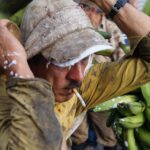
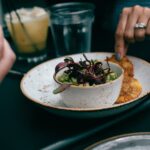
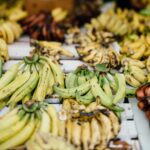
Activity Four
Activity Five
Methods and Message
This study uses photovoice, a methodology which expands conventional methods of knoweldge-creation.
However, its liberatory potential is lost because it uses a conventional biomedical framing.
The misalignment quickly becomes apparent in a short read, and can be useful to notice. I’m not suggesting you spend time analysing it.
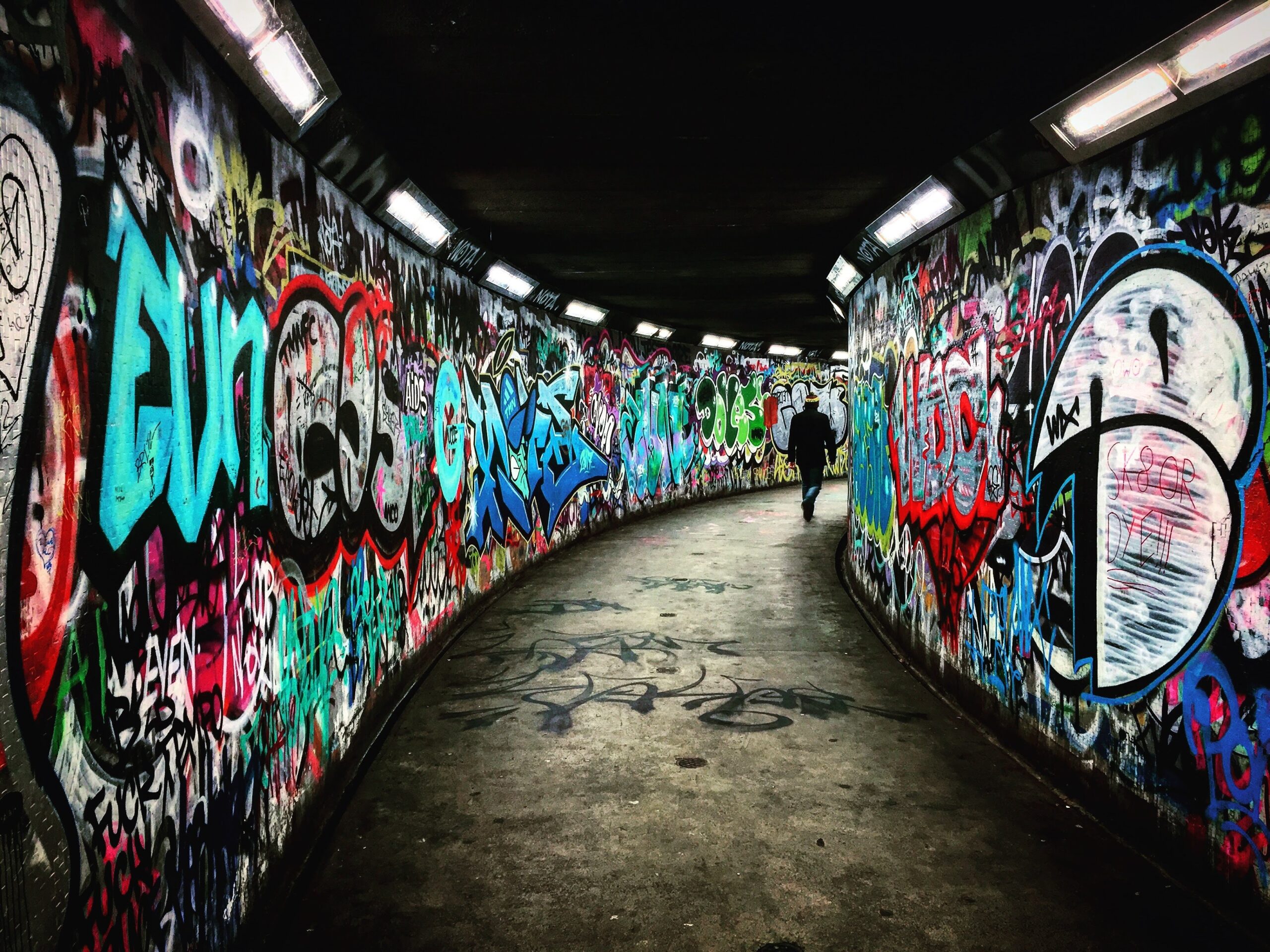
Activity Six
How Letting Go Is A Big Part of My Learning
One of the things that has helped me adjust my way of being in the world is adjusting my self-perception. Specifically, I stopped thinking of myself as a good person. I don’t mean I stopped wanting to be a kind, diligent, decent person. I mean I stopped thinking of myself as ‘one of the good people’ which implies the problem lies in the not-so-good or frankly bad people.
This re-frame has been especially useful for reconsidering my whiteness and racism. It’s an idea that comedian Hannah Gadsby goes to town on in this clip. She’s talking about men and misogyny but the concept feels like it travels for me.
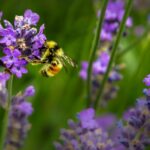 Activity Seven
Activity Seven
More On Ways of Knowing and Body Awareness
“And who asks the question: Am I altering your aura, your ideas, your dreams, or am I merely moving you to temporary and reactive action?” Audre Lorde
Western scientific norms presume and impose a divisive way of ordering reality as if no other framings were possible. We’re taught to value the intellect and reasoning as key to knowledge creation and devalue other ways of knowing. This assumes that our cognition can be separated from the body, and that our rational thoughts exist independently of non-rational influence. Which is all bunkum IMO.
However, even though these beliefs can be disproven within the framework (reductionism) that created them, they go deep in our cultural fabric. As a result, non-rational ways of knowing get ignored or ridiculed and the role of embodiment in learning isn’t discussed.

Exploring body awareness, deep connection, and pleasure, can help us access a range and depth of knowledges that compliment and interconnect with the intellect in ways that support us to engage with the world from sense of worthiness and wholeness.
If we have been shamed or ostracised for our beliefs we may have learnt to close down our imaginations. If we have lived at some distance from our body because of trauma or other sources of disconnect, working with body awareness can help us learn how we call it home. It can let us explore our body as a place of pleasure, knowledge, safety.
Self-compassion is a star player. You may already have uncovered how responding to yourself with kindness has enabled change.
Body awareness doesn’t have a step-by-step guide. Some of what we understand this way can be hard to put into words. Creativity and stillness can help us express and know things without words.
- Is there a body awareness/deep connection practice you could commit to for the next 15 weeks? Commit might mean once a week for 10 minutes, or it might mean more regularly.
Beyond the story that the body should be treated as a stand-alone machine to be fixed, measured, fed, watered, exercised, slept, and fled from, there is another story where the body exists in relationships and is a source of connection, guidance, and pleasure ~
~ pleasure in physicality, laughter, touch (a hug, a head rub, stroking the cat, holding a baby, sex), sensuality, sexuality, smelling the flowers, feeling the cool, shamanism, tacit awareness (‘gut instinct’, collective knowledge, ‘gaydar’), faith, the aesthetic, connection with non-human nature, energy work, lineage, musicality, the erotic, body memory, body work, being changed in conversation, ancestral wisdom, guided meditations e.g. compassion and gratitude, ceremonies, hearing/performing spoken word poetry, theatre, dance, spirituality, visual art, ritual, prayer, chanting, singing, drumming ~
. . .and more! When we find room for the non-rational in our lives, we move away from the rigid, binary thinking and certainties that underpin oppressive thought habits.
The way I understand it, Following the pleasure, in a deep sense, means reclaiming our bodies and identities, opening to connection, insisting we act in alignment with our values. My sense is that it is the wish to act in alignment with our values that brought us together on this course.
- Is there a practice you can commit to over the next 15 weeks that brings you pleasure?
A liberatory approach to personal-collective healing will not tell you what, how or when to think or eat or speak or feel or do or not do but it will help you towards a sense of authentic connection with yourself and others that permits loves’ work, or the practice of freedom.
Resources
- Book: Science and Poetry. Mary Midgley. Routledge, 2002
- Pamphlet: Politics and the English Language George Orwell
- Botanist and scholar Robin Kimmerer wrote the book Braiding Sweetgrass, and has lots of youtube videos making Indigenous wisdom accessible to western-trained scientists, here’s one.
- Book: Pleasure Activism by Adrienne Maree Brown Here’s a link to an interview
